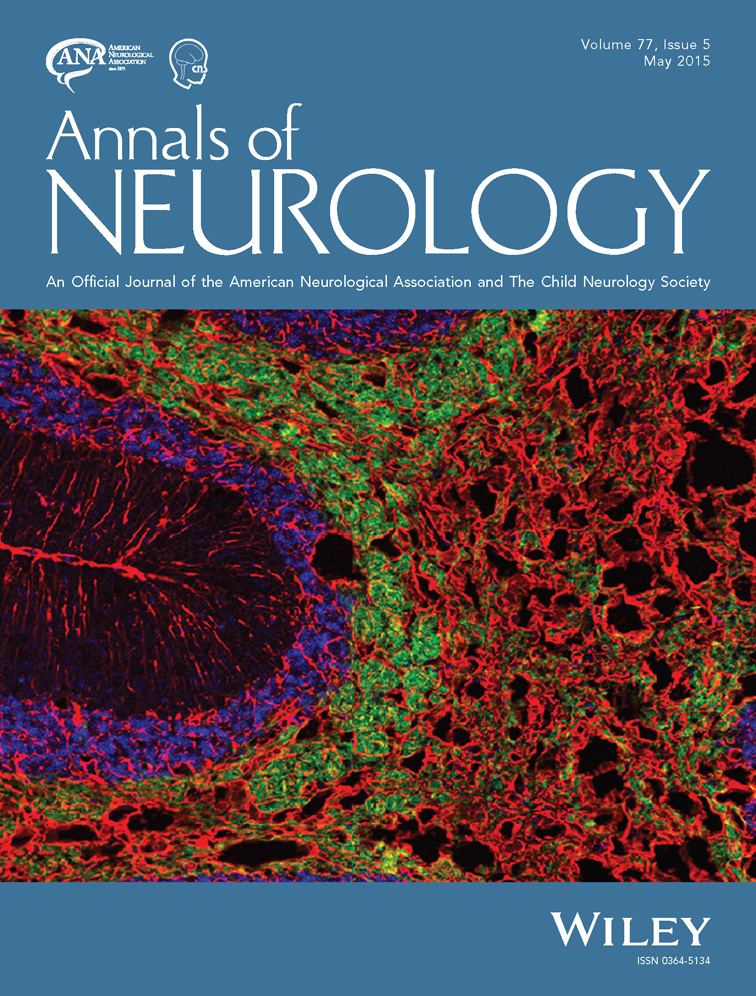Heart rate variability and the risk of Parkinson disease: The Atherosclerosis Risk in Communities study
Abstract
Objective
Autonomic dysfunction frequently occurs in the context of Parkinson disease (PD) and may precede onset of motor symptoms. Limited data exist on the prospective association of heart rate variability (HRV), a marker of autonomic function, with PD risk.
Methods
We included 12,162 participants of the Atherosclerosis Risk in Communities study, a community-based cohort, without a diagnosis of PD at baseline (1987–1989) and with available HRV data (mean age = 54 years, 57% women). A 2-minute electrocardiogram was used to measure HRV. Incident PD was identified through 2008 from multiple sources, and adjudicated. Multivariable Cox models were used to estimate hazard ratios (HRs) and 95% confidence intervals (CIs) of PD by quartiles of HRV measurements.
Results
During a mean follow-up of 18 years, we identified 78 incident PD cases. Lower values of the root mean square of successive differences in normal-to-normal R-R intervals (rMSSD) and standard deviation of normal-to-normal R-R intervals (SDNN), markers of parasympathetic activity and total variability, respectively, were associated with higher PD risk during follow-up. In multivariate models, the HR (95% CI) of PD in the bottom quartiles of rMSSD and SDNN compared to the top quartiles were 2.1 (1.0–4.3) and 2.9 (1.4–6.1), respectively. Other measures of cardiac autonomic function, including mean R-R interval and frequency-domain measurements, were not associated with PD risk.
Interpretation
In this prospective cohort, decreased HRV was associated with an increased risk of PD. Assessment of cardiac autonomic function may help identify individuals at risk for PD. Ann Neurol 2015;77:877–883




